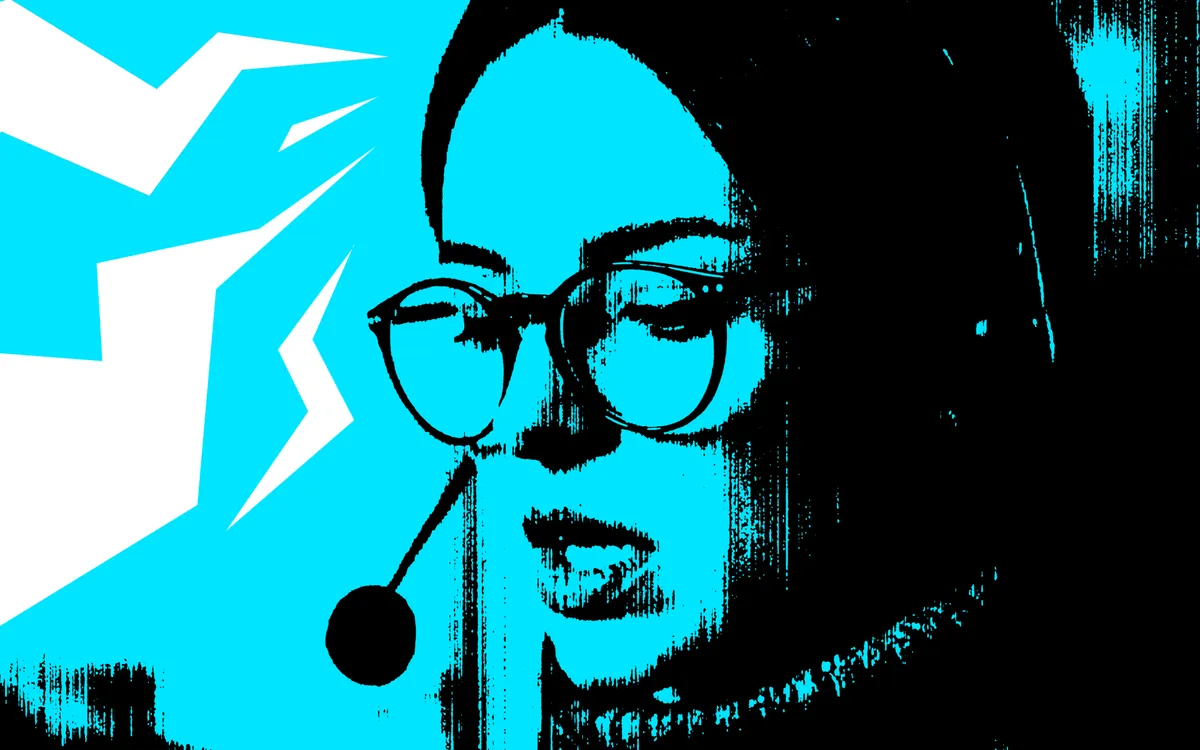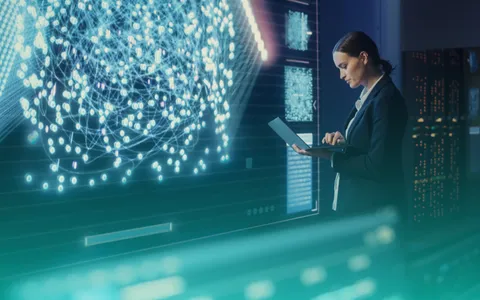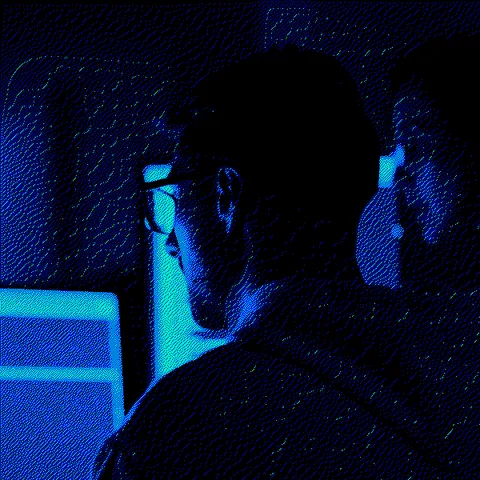What Makes a Modern Help Desk?
Introduction: Why "Modern" Matters
Over the past two decades, the help desk has evolved from a ticket-tracking afterthought to the backbone of enterprise productivity. What was once a function to reset passwords and clear printer jams is now the front line of how employees experience IT. Every interaction, good or bad, shapes trust in technology and, by extension, trust in the organization's ability to deliver.
Yet while technology and expectations have changed, many support models have not. Too many help desks remain mired in manual processes, disconnected systems, and outdated workflows. The result is slow resolution, burned-out technicians, and frustrated users. The gap between what businesses expect and what many help desks deliver is widening.
A modern help desk looks fundamentally different. It blends people, process, and artificial intelligence to create a seamless, proactive, and scalable service. It is not about buying a new tool. It is about rethinking the entire support experience.
The Shift from Legacy Models
Traditional help desks are built around queues and forms. A user submits a ticket by email or through a portal, it sits in a queue, and eventually it is picked up by an available technician. Success is measured by ticket closure volume rather than true user outcomes.
This model is increasingly unfit for purpose. Modern IT environments are distributed, hybrid, and complex. Employees work across time zones on dozens of SaaS platforms, with high expectations of instant resolution. At the same time, cyber risk is rising, compliance standards are tightening, and IT budgets are under scrutiny.
The modern help desk responds to these pressures by redesigning the workflow from first touch to resolution. Instead of being reactive, it is proactive. Instead of being opaque, it is transparent. And instead of being dependent on manual sorting and siloed knowledge, it leverages AI to multiply human capability.
Core Characteristics of a Modern Help Desk
1. AI-Driven First Contact
For decades, ticket submission was the weakest link in support. Users navigated drop-down menus or typed vague subject lines, often producing incomplete or inaccurate information. The modern help desk replaces this friction with conversational intake powered by natural language processing.
A user can type, "I can't access my email," and the system understands the intent, context, and urgency. Instead of a generic ticket, the system creates a structured request, classifies it, and either offers an instant self-service fix or routes it to a technician. This shift eliminates ambiguity at the start of the support journey, giving technicians clean, actionable tickets.
2. Intelligent Triage and Routing
Legacy queues treat every ticket as equal, waiting for a human dispatcher to assign it. Modern help desks use AI-driven triage to analyze the request against technician skills, certifications, workload, and availability. Tickets are routed dynamically to the best resource in real time.
The impact is profound. No more tickets languishing in a general inbox. No more mismatched assignments that lead to escalations. Instead, issues land immediately in the hands of the technician most likely to resolve them on first touch. This reduces both resolution time and user frustration.
3. Contextual Resolution Assistance
The research phase of ticket resolution has traditionally consumed significant technician time. Understanding user history, device configuration, and past incidents often required manual digging through documentation.
A modern help desk changes this by embedding generative AI into the process. When a ticket is created, the system instantly pulls relevant history, documentation, and environment data into the ticket itself. It even suggests likely causes and potential fixes. The technician begins with a head start, moving directly to analysis and action rather than time-consuming research.
4. Clear, User-Friendly Communication
One of the most common user complaints is unclear updates. Technical notes filled with acronyms or command-line instructions may be accurate but are incomprehensible to most employees.
Modern help desks solve this by applying natural language models to engineer notes. Every update is rewritten into clear, concise language before it is shared with the user. Instead of reading "ran ipconfig /flushdns," the user sees "we refreshed your network settings to restore connectivity." The result is clarity, transparency, and improved user satisfaction.
5. Proactive Pattern Recognition
Support has historically been reactive: fix a ticket, close it, move on. Modern operations recognize that tickets are data. AI systems constantly analyze patterns across thousands of incidents, identifying repeat issues or systemic weaknesses.
If a VPN client crashes repeatedly across different departments, the system flags the trend before it spirals into a major outage. Chronic issues are addressed at the root, reducing volume over time. This shift transforms the help desk from a cost center into a proactive enabler of productivity.
6. Sentiment Analysis in Real Time
Every support interaction carries emotional weight. Frustration builds quickly if users feel ignored or misunderstood. Modern help desks embed sentiment analysis into ticket communications, monitoring tone for signs of dissatisfaction.
If a user's messages show rising frustration, the system can flag the ticket for manager review or escalate it to ensure a timely response. This proactive monitoring allows interventions before the experience degrades, protecting trust in IT.
7. Quality Assurance at Scale
Traditional QA relies on occasional manager reviews of closed tickets. This provides limited visibility and subjective feedback. Modern help desks automate quality assurance by scoring every ticket against timeliness, clarity, and process adherence.
The result is continuous improvement. Engineers receive consistent coaching, managers see objective metrics, and service quality steadily rises.
See a Modern Help Desk in Action
Why Modernization Is Urgent
The case for modernization is not simply operational efficiency. It is strategic necessity. Several forces make delay risky:
- Hybrid Work: Employees expect reliable support from anywhere, at any time. Old models cannot keep up.
- SaaS Explosion: The average mid-sized business uses dozens of SaaS applications. Support must be agile enough to handle constant change.
- Security and Compliance: Delays in patching, inconsistent user management, or undocumented processes create real risk. Regulators and insurers increasingly require demonstrable maturity.
- Talent Burnout: Skilled technicians do not want to spend their careers resetting passwords. Without modernization, attrition rises.
- Business Expectations: IT is no longer judged on uptime alone. Leaders expect IT to contribute to productivity, agility, and innovation.
A modern help desk is not optional. It is the foundation for meeting these pressures head-on.
Overcoming Common Objections
Organizations often hesitate to modernize support due to misconceptions. Typical concerns include:
- "We already have a ticketing system." A tool is not a strategy. Ticketing software tracks issues: it does not resolve them faster or prevent them from recurring. Modernization enhances tools with intelligence and process.
- "Our technicians know our environment." Institutional knowledge is valuable but fragile. When staff leave, so does their expertise. Modern help desks systematize knowledge, making it durable and shareable.
- "Users value personal relationships." Modernization does not remove human interaction. It enhances it by freeing technicians from repetitive work so they can spend more time communicating effectively.
- "Change will be disruptive." The greater disruption is continuing with outdated support. Structured onboarding and transparent communication minimize transition pain while delivering rapid improvements.
Conclusion: The Help Desk as IT's Brand
Every interaction with the help desk shapes how employees perceive IT. A slow, opaque, or inconsistent support experience damages trust and drives shadow IT behaviors. A modern help desk, by contrast, builds confidence, enables productivity, and gives IT teams the space to focus on strategic initiatives.
Modernization is not about swapping one tool for another. It is about redesigning the entire support model around speed, clarity, intelligence, and continuous learning. Organizations that act now will gain a competitive advantage. Those that delay risk falling further behind as user expectations, compliance demands, and technological complexity accelerate.
The help desk is no longer a back-office function. It is the front door to IT. Modernizing it is not a luxury. It is a matter of survival.




